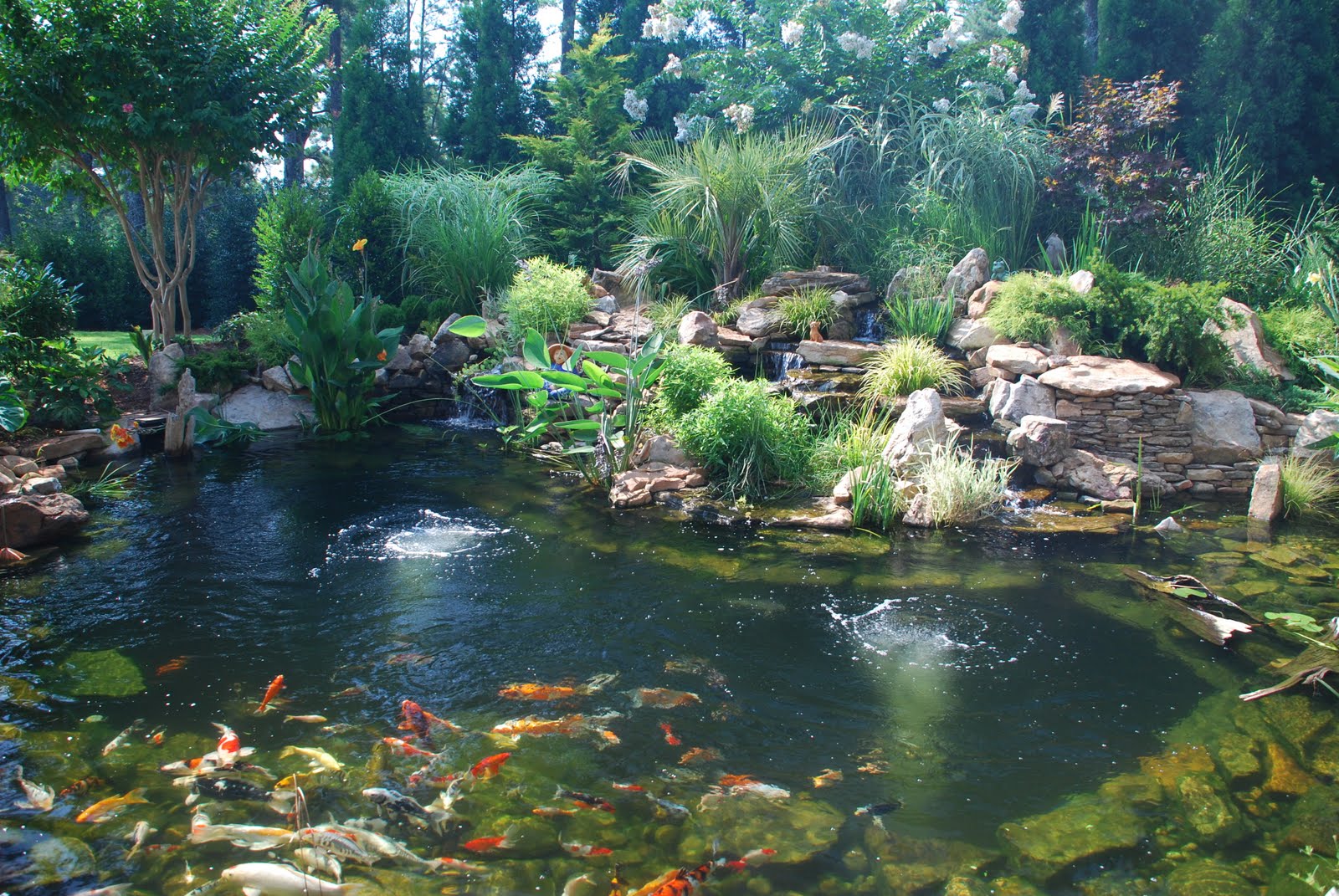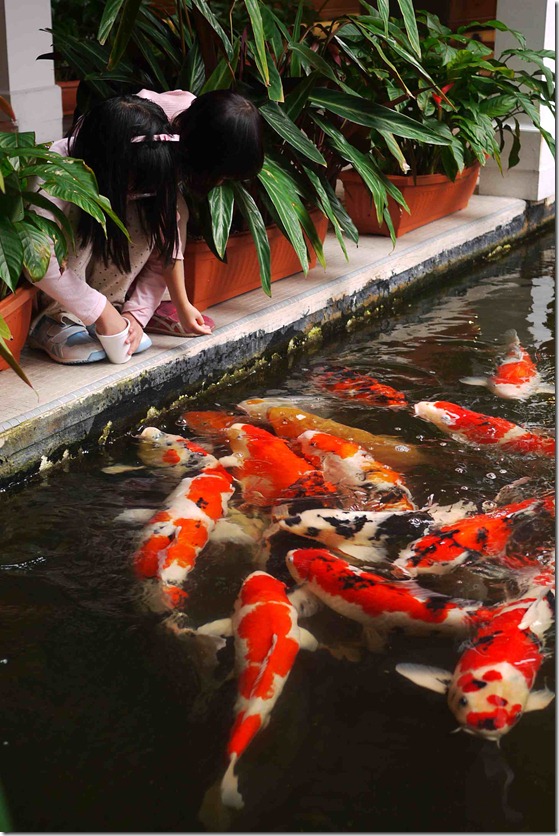
The Ultimate Guide: How Much Maintenance Is Required for a Koi Pond?
Introduction
Koi ponds are not just a beautiful addition to your garden but also require regular maintenance to ensure your fish are healthy and happy. Many people wonder how much maintenance is required for a koi pond and whether it is worth the effort. In this guide, we will take a detailed look at everything you need to know about maintaining a koi pond.
Factors That Affect Koi Pond Maintenance
Before we dive into the maintenance aspect, it is essential to understand the factors that impact koi pond maintenance. Different factors can significantly affect the level of maintenance required, which includes:
- Size of the pond
- Number of koi fish
- Water quality
- Pond equipment
- Sunlight exposure
Determining the Size of the Pond
The larger the pond, the lower the maintenance requirements. Large ponds generally have a better water circulatory system, which makes it easy for pond filters to remove debris and waste from the water. On the other hand, smaller ponds require more maintenance since there is a limited volume of water to dilute fish waste and debris.

Effects of the Number of Koi Fish on Maintenance
The number of koi fish impacts the maintenance requirements significantly. The more fish in the pond, the more waste they produce. If a pond has more fish than it can accommodate, it can quickly become toxic and harm the fish. Experts recommend having no more than one koi fish for every 300-500 gallons of water to keep the maintenance minimal.
Water Quality is Key
Water quality is one of the most critical aspects of maintaining a koi pond. Poor water quality causes stress in fish and promotes the growth of harmful bacteria and parasites. To maintain proper water quality, you should monitor the water for pH, ammonia, and nitrites regularly. You should also perform water changes and cleaning routines on a regular basis.

Pond Equipment and Maintenance
Equipment used in koi ponds, such as pumps, filters, and skimmers, contribute a lot to maintaining the pond. These systems filter the pond water and remove debris, waste, and excess nutrients. To ensure they function correctly, they require proper maintenance, such as cleaning and replacing filter media regularly. Neglecting regular maintenance of pond equipment can lead to system failure, which can affect the health and wellbeing of your koi fish.

Sunlight Exposure
Sunlight exposure can impact water temperatures, the growth of algae, and evaporation. When it comes to koi ponds, too much sunlight can lead to an overgrowth of algae, which can harm the fish and degrade water quality. You can use shading devices such as pergolas, awnings, and umbrellas to control sunlight exposure and promote healthy algae levels.

Koi Pond Maintenance Checklist
Now that you know what factors affect koi pond maintenance, here is a checklist that outlines tasks you must perform to maintain a healthy koi pond:
- Test water quality regularly and perform necessary water treatments
- Clean pond equipment regularly
- Remove debris from the pond surface using a skimmer
- Monitor fish behavior for any sign of illness
- Trim aquatic plants regularly to prevent them from taking over the pond
- Feed the fish appropriately and avoid overfeeding
- Ensure there is sufficient oxygen supply by having aeration systems in place
- Perform regular water changes and use a pond vacuum to remove debris
- Keep the pond surroundings clean and free from invasive species
Conclusion
Maintaining a koi pond is not as overwhelming as it seems. Understanding the factors that impact maintenance requirements and following a regular maintenance checklist can make the process manageable and improve the lifespan and health of your koi fish. Remember, prevention is always better than cure, so routine maintenance is crucial to prevent potential problems from becoming a headache.